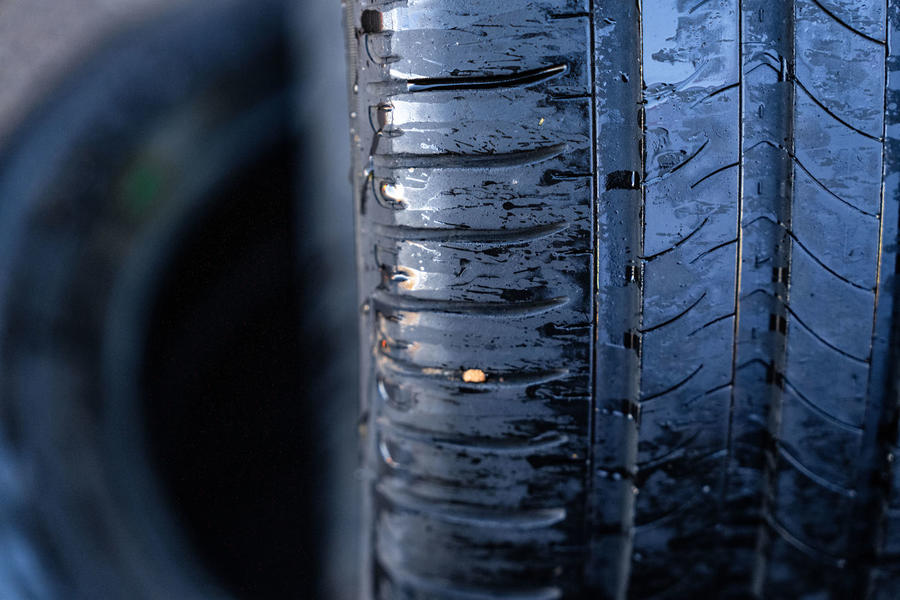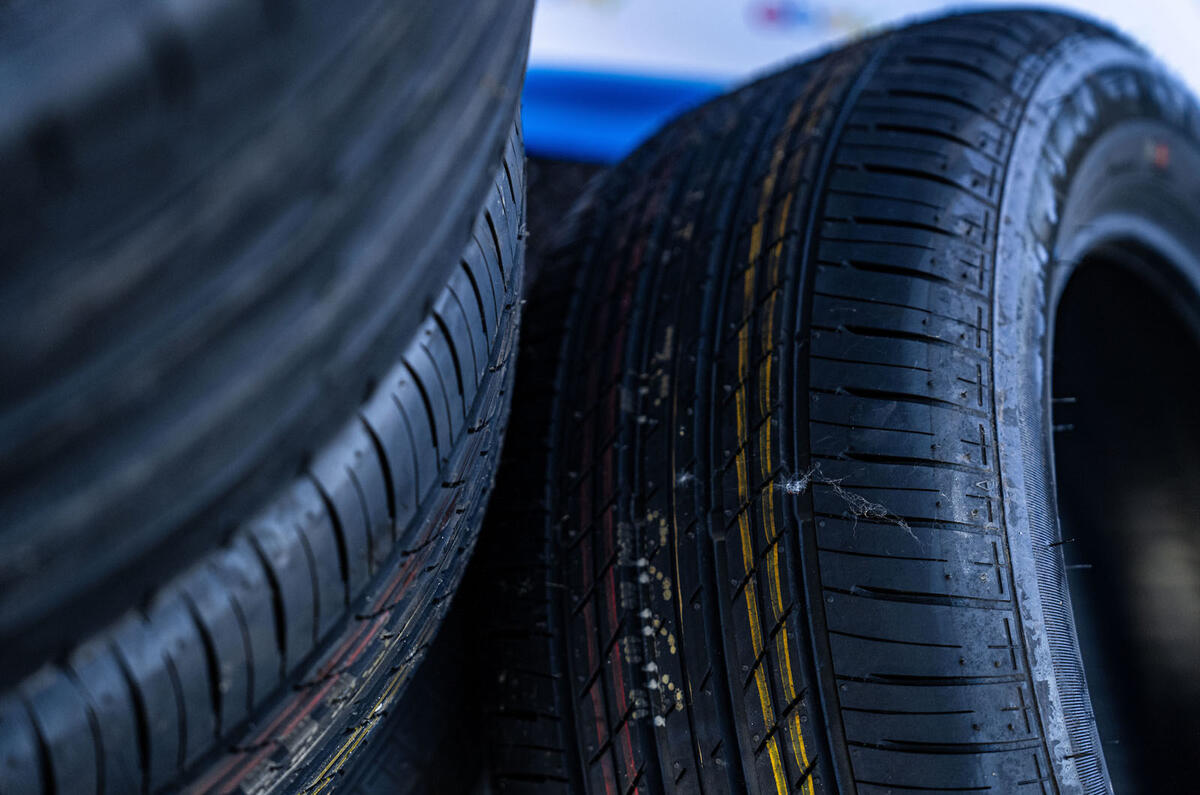Drivers have been warned that part-worn car tyres “are not worth the risk” as hidden issues could make them dangerous – especially as the weather turns colder.
Cheaper than brand-new rubber, buying a set of tyres that have been taken off a car but still have thousands of miles left in them has been touted as one solution to the cost of living crisis.
In fact, according to industry body TyreSafe, as many as 5.5 million used tyres are sold in the UK every year.
Despite being governed by strict regulations, invisible repairs could lead to these tyres being dangerous on the road and is a big reason why they should be avoided, says mechanic and YouTuber Hannah Gordon.
“You can have all the safety systems on a car, but you still need good tyres,” she said. “It is one of the most overlooked parts when it is one if not the most critical.
“In the dry, they might be fine, but in the cold and wet, problems arrive.”
But is it that simple? Autocar investigates.
What are part-worn tyres?
Part-worn tyres are essentially tyres previously used by another car. It is estimated that 5.5 million tyres bought in the UK are categorised as ‘part-worn’, which is around 10% of all tyres sold every year.
A great many part-worn tyres make their way to the UK from Germany. This is because many German drivers adhere to the advisable winter tyre depth of 4mm and replace them before the 1.6mm legal limit (the same as the UK).
As a result, tyres that are still road-legal in the UK are imported here from Germany to be sold as ‘part-worn’.

Regulations in the UK
Second-hand tyres should be in good condition, which means no bulges in the sidewall and no large cuts in the tread, and none of the structural carcass or cords should be visible.












Join the debate
Add your comment
Simple, any tyre that's changed regardless of condition should be scrapped, disposed of in the correct way, maybe turned into new cheaper tyres,ok, there are lots who are forced by circumstance to take the risk but its roulette, putting lives at risk.
Make 6,000 dollar to 8,000 dollar. sdf A Month Online With No Prior Experience Or Skills Required. Be Your Own Boss And Choose Your Own Work Hours.Thanks A lot Here.......... Moneystar1.com